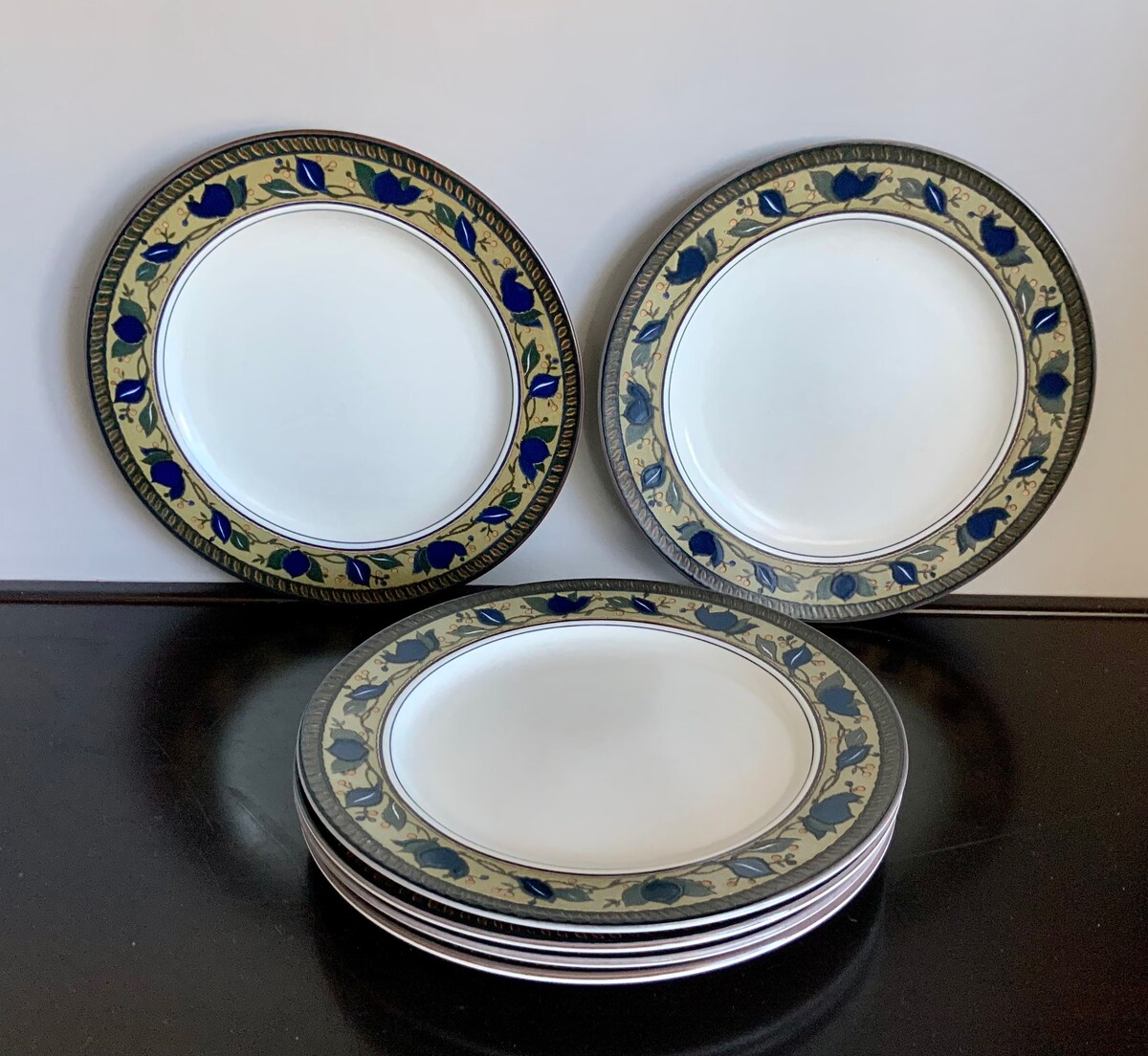

Tableware
Where Is Mikasa Dinnerware Made?
Modified: December 7, 2023
Discover the origin of Mikasa dinnerware. Explore where this exquisite tableware is made, ensuring quality craftsmanship for your dining experience.
(Many of the links in this article redirect to a specific reviewed product. Your purchase of these products through affiliate links helps to generate commission for Storables.com, at no extra cost. Learn more)
Introduction
Welcome to the world of Mikasa dinnerware! Whether you are a seasoned tableware connoisseur or just starting to explore the world of fine dining, Mikasa is a name that exudes elegance and quality. With a rich history and reputation for producing exquisite dinnerware, Mikasa has become a beloved brand among households and professional settings alike.
In this article, we will delve into the fascinating origins of Mikasa dinnerware, explore the production and manufacturing processes behind its creation, and provide insight into the various geopolitical locations where Mikasa dinnerware is made. So, grab a cup of tea or coffee, sit back, and let’s dive into the wonderful world of Mikasa dinnerware!
Established in 1948, Mikasa has been at the forefront of the tableware industry for over seven decades. The brand’s commitment to craftsmanship, attention to detail, and exquisite designs have made it a go-to choice for individuals who appreciate the finer things in life.
But what sets Mikasa apart from other dinnerware brands? The answer lies in the brand’s dedication to combining traditional artistry with modern manufacturing techniques. Each piece of Mikasa dinnerware is meticulously crafted to ensure exceptional quality and durability, making every dining experience a memorable one. Whether it’s a simple family meal or an extravagant dinner party, Mikasa dinnerware sets the stage for elegance and sophistication.
But where does the magic happen? Where do the skilled artisans and craftspeople bring these stunning pieces to life? In the following sections, we will explore the production and manufacturing process of Mikasa dinnerware and discover the various locations where it is made.
So, get ready to embark on a journey that will unravel the secrets behind Mikasa dinnerware and deepen your appreciation for the artistry that goes into each and every piece.
Key Takeaways:
- Mikasa dinnerware is meticulously crafted, blending traditional artistry with modern manufacturing techniques. With a global manufacturing presence in Japan, China, Europe, and other parts of Asia, Mikasa ensures consistent quality and diverse design options.
- Mikasa’s commitment to excellence is evident in its rigorous production process, quality materials, innovative designs, and sustainability practices. Customer feedback plays a crucial role in shaping the brand’s continuous improvement and relevance in the ever-evolving world of tableware.
Read more: Where Is Mikasa Stemware Made?
History of Mikasa Dinnerware
The story of Mikasa dinnerware begins in the aftermath of World War II. In 1948, a small ceramics company in Secaucus, New Jersey, named American Commercial Corporation (ACC) acquired the rights to the Mikasa brand. The company’s vision was to introduce high-quality, Japanese-inspired tableware to the American market.
Under the leadership of George Aratani, a Japanese-American businessman, ACC transformed Mikasa into a leading name in the dinnerware industry. The brand quickly gained popularity for its unique designs, superior craftsmanship, and commitment to innovation.
Mikasa’s success can be attributed, in part, to its ability to blend Eastern and Western aesthetics, creating designs that appealed to a wide range of tastes. From traditional Japanese motifs to modern, contemporary patterns, Mikasa dinnerware became synonymous with elegance and sophistication.
Over the years, Mikasa continued to expand its product line, offering a comprehensive range of plates, bowls, cups, and other tableware essentials. The brand’s commitment to excellence earned them a loyal following and established Mikasa as a trusted name in the industry.
In 2001, Mikasa became part of the Lifetime Brands family, a leading global provider of innovative kitchenware, tableware, and home decor products. This merger allowed Mikasa to further enhance its product offerings and expand its reach to a broader audience.
Today, Mikasa’s rich history and commitment to quality continue to drive its success. With a legacy rooted in Japanese design principles and a global perspective, Mikasa dinnerware continues to capture the hearts of individuals who appreciate the finer details of a beautifully set table.
From fine bone china dinnerware to durable stoneware collections, Mikasa offers a wide range of options to suit various preferences and occasions. The brand’s ability to combine timeless elegance with modern sensibilities has made Mikasa a go-to choice for both casual and formal dining experiences.
As we continue our journey into the world of Mikasa dinnerware, we will now delve into the intricate production and manufacturing processes that make these exquisite pieces a reality.
Production and Manufacturing Process
The production and manufacturing process of Mikasa dinnerware revolves around a harmonious blend of traditional craftsmanship and modern technology. From the initial design concept to the final finished product, each step is carefully executed to ensure the highest quality standards.
The process begins with the creative minds at Mikasa’s design department who draw inspiration from various sources such as nature, art, and cultural influences. They work meticulously to craft unique patterns, shapes, and textures that will ultimately become the signature elements of Mikasa dinnerware.
Once the designs are finalized, skilled artisans and craftsmen transform these concepts into physical molds. The molds are created using precise measurements and cutting-edge technology to ensure accuracy and consistency in every piece.
Next comes the actual production stage, where the chosen materials are carefully selected. Mikasa dinnerware is crafted using a variety of materials, including fine bone china, porcelain, stoneware, and more, each with its own unique characteristics and qualities.
For example, the process of creating fine bone china dinnerware involves mixing bone ash with clay to create a durable and translucent material. This mixture is blended and then shaped into the desired forms using the previously created molds. The pieces are carefully refined and smoothed to achieve the perfect finish.
After the initial shaping, the pieces undergo a series of meticulous quality control checks, ensuring that they meet Mikasa’s strict standards for durability, appearance, and functionality. Any imperfections are carefully addressed, ensuring that only the highest quality items make it to the next stage of production.
Once the pieces pass the quality control phase, they proceed to the glazing and firing process. Glazes are carefully applied to enhance the aesthetic appeal and add a protective layer to the dinnerware. The pieces are then fired in kilns at high temperatures to achieve their final form and strength. This firing process not only solidifies the shape but also activates the glaze, resulting in a smooth, glossy finish.
Finally, the fully finished pieces are inspected once again to ensure that they meet Mikasa’s stringent criteria for quality and craftsmanship. They are then carefully packaged and prepared for distribution to retailers and customers around the world.
This meticulous process guarantees that every piece of Mikasa dinnerware showcases the brand’s commitment to excellence and attention to detail. Whether it’s a simple dinner plate or an intricately designed tea set, each item undergoes the same rigorous production and manufacturing process to ensure consistent quality and customer satisfaction.
Now that we have explored the production process, let’s embark on a journey to uncover the various locations where Mikasa dinnerware is proudly manufactured.
Mikasa dinnerware is made in different countries, including China, Indonesia, and Thailand. Check the specific product label or contact the manufacturer for the origin of the dinnerware you are interested in.
Locations of Mikasa Dinnerware Manufacturing Facilities
Mikasa dinnerware is crafted with care and precision in various manufacturing facilities around the world. These locations have been strategically chosen to ensure efficient production processes while maintaining the brand’s high standards of quality and craftsmanship.
One of the prominent manufacturing facilities for Mikasa dinnerware is located in Nagoya, Japan. As the birthplace of the brand, Japan holds a special significance in the production of Mikasa dinnerware. Skilled artisans in Nagoya bring years of traditional craftsmanship to the table, ensuring that each piece reflects the meticulous attention to detail and superior quality that Mikasa is known for.
In addition to Japan, Mikasa also has manufacturing facilities in other countries, including China. With its vast production capabilities and skilled workforce, China plays a significant role in meeting the global demand for Mikasa dinnerware. The manufacturing facilities in China uphold the brand’s commitment to excellence, adhering to strict quality control measures and utilizing advanced technology in the production process.
Mikasa also has manufacturing facilities in other parts of Asia, such as Thailand and Indonesia. These locations offer access to skilled artisans and cost-effective production capabilities, ensuring the brand’s commitment to affordability while maintaining high-quality standards.
Furthermore, Mikasa dinnerware is also manufactured in European countries like Germany and Portugal. These locations are known for their rich history of fine craftsmanship and attention to detail. By utilizing the expertise of European artisans, Mikasa is able to produce dinnerware collections that blend timeless elegance with contemporary design.
Each manufacturing facility operates under the guidance and supervision of the Mikasa team to ensure consistent quality across all products. The brand’s dedication to maintaining strict quality control measures and ethical manufacturing practices is reflected in the finished products that end up in the hands of consumers worldwide.
By diversifying its manufacturing locations, Mikasa is able to cater to the global market while embracing and celebrating the unique craftsmanship and cultural influences of each region. This global approach allows the brand to offer a wide range of styles, designs, and materials that appeal to a diverse customer base.
As we conclude our exploration of the locations of Mikasa dinnerware manufacturing facilities, let us reflect on the brand’s unwavering commitment to maintaining the highest standards of quality and craftsmanship in every piece of dinnerware they produce.
With a global presence and a dedication to excellence, Mikasa continues to be a trusted name in the world of tableware, bringing beauty and functionality to dining tables around the world.
Factors to Consider in Mikasa Dinnerware Production
When it comes to producing Mikasa dinnerware, there are several key factors that the brand takes into consideration to ensure the highest quality and customer satisfaction. From materials selection to design innovation, these factors play a crucial role in the production process.
1. Quality Materials: Mikasa is dedicated to using only the finest materials in the production of their dinnerware. Whether it’s fine bone china, porcelain, stoneware, or other materials, careful consideration is given to their durability, functionality, and aesthetic appeal. By selecting high-quality materials, Mikasa ensures that their dinnerware is built to withstand the test of time, maintaining its beauty and functionality for years to come.
2. Design Innovation: Mikasa is well-known for its innovative designs that blend classic elegance with contemporary aesthetics. The brand’s design team uses their creativity and expertise to develop unique patterns, shapes, and textures that set Mikasa dinnerware apart from the rest. By staying at the forefront of design trends and customer preferences, Mikasa continuously offers fresh and exciting options for every dining occasion.
3. Functionality and Practicality: Mikasa understands that dinnerware not only needs to be visually appealing but also practical for everyday use. Factors such as weight, balance, and ease of handling are taken into consideration during the production process. Mikasa dinnerware is designed to be comfortable to hold, stackable for easy storage, and dishwasher-safe for convenient cleaning.
4. Quality Control: Rigorous quality control measures are implemented at every stage of production to ensure that each piece of Mikasa dinnerware meets the brand’s high standards. From the initial shaping to the final inspection, meticulous attention is given to craftsmanship, finish, and overall product quality. Any imperfections or inconsistencies are thoroughly addressed to ensure that only the best pieces are made available to customers.
5. Sustainable Practices: Mikasa recognizes the importance of environmental responsibility and strives to integrate sustainable practices into their production process. This includes the use of eco-friendly materials, reducing waste through efficient manufacturing techniques, and promoting responsible sourcing of raw materials. By focusing on sustainability, Mikasa aims to minimize its impact on the environment and contribute to a more sustainable future.
6. Customer Feedback: Mikasa recognizes the value of customer feedback in continually improving their dinnerware production. Feedback from customers, retailers, and industry professionals is actively sought and considered in the development and refinement of new designs and product lines. This customer-centric approach ensures that Mikasa dinnerware not only meets but exceeds the expectations of those who use it.
By carefully considering these factors, Mikasa is able to maintain its reputation as a leader in the dinnerware industry. The brand’s commitment to quality, innovation, functionality, sustainability, and customer satisfaction reflects in every piece of Mikasa dinnerware that finds its way onto dining tables worldwide.
As we conclude our discussion on the factors to consider in Mikasa dinnerware production, it’s evident that a significant amount of thought and attention to detail goes into creating each and every piece. The result is a range of dinnerware collections that stand the test of time, elevating the dining experience and making every meal truly special.
Read more: Where Is Food Network Dinnerware Made?
Conclusion
As we come to the end of our exploration into the world of Mikasa dinnerware, we have gained a deeper understanding of the brand’s history, production processes, manufacturing locations, and the factors that contribute to its success. Mikasa’s commitment to excellence, attention to detail, and unwavering dedication to providing high-quality dinnerware sets it apart from others in the industry.
From its humble beginnings in post-World War II America to its global presence today, Mikasa has maintained its reputation as a leader in the tableware industry. The brand’s ability to seamlessly blend traditional craftsmanship with modern design sensibilities has earned it a loyal following of individuals who appreciate the finer details of fine dining.
Throughout its production and manufacturing process, Mikasa places emphasis on using quality materials, innovative design, functionality, and practicality. Every piece of Mikasa dinnerware undergoes rigorous quality control measures to ensure that it meets the brand’s high standards. With manufacturing facilities located strategically around the world, Mikasa leverages the expertise of artisans from diverse cultures to create dinnerware collections that capture the essence of elegance and sophistication.
Furthermore, Mikasa’s commitment to sustainability and customer feedback showcases its dedication to continuous improvement and environmental responsibility. By embracing sustainable practices and actively seeking input from customers, Mikasa ensures that its dinnerware remains relevant and meets the evolving needs and preferences of its discerning clientele.
Mikasa dinnerware has become an integral part of dining experiences in households and professional settings worldwide. Whether it’s a casual meal with family or an elaborate dinner party, Mikasa sets the stage for unforgettable moments and creates a feast for the senses.
So, the next time you set your dining table, consider adorning it with the elegance and sophistication of Mikasa dinnerware. Embrace the beauty and precision that goes into the craftsmanship of every piece, and let Mikasa elevate your dining experiences to new heights.
In the world of tableware, Mikasa truly stands out as a testament to the union of artistry and functionality. With its rich history, global manufacturing presence, and commitment to quality, Mikasa continues to inspire and delight with its exquisite dinnerware collections.
Frequently Asked Questions about Where Is Mikasa Dinnerware Made?
Was this page helpful?
At Storables.com, we guarantee accurate and reliable information. Our content, validated by Expert Board Contributors, is crafted following stringent Editorial Policies. We're committed to providing you with well-researched, expert-backed insights for all your informational needs.

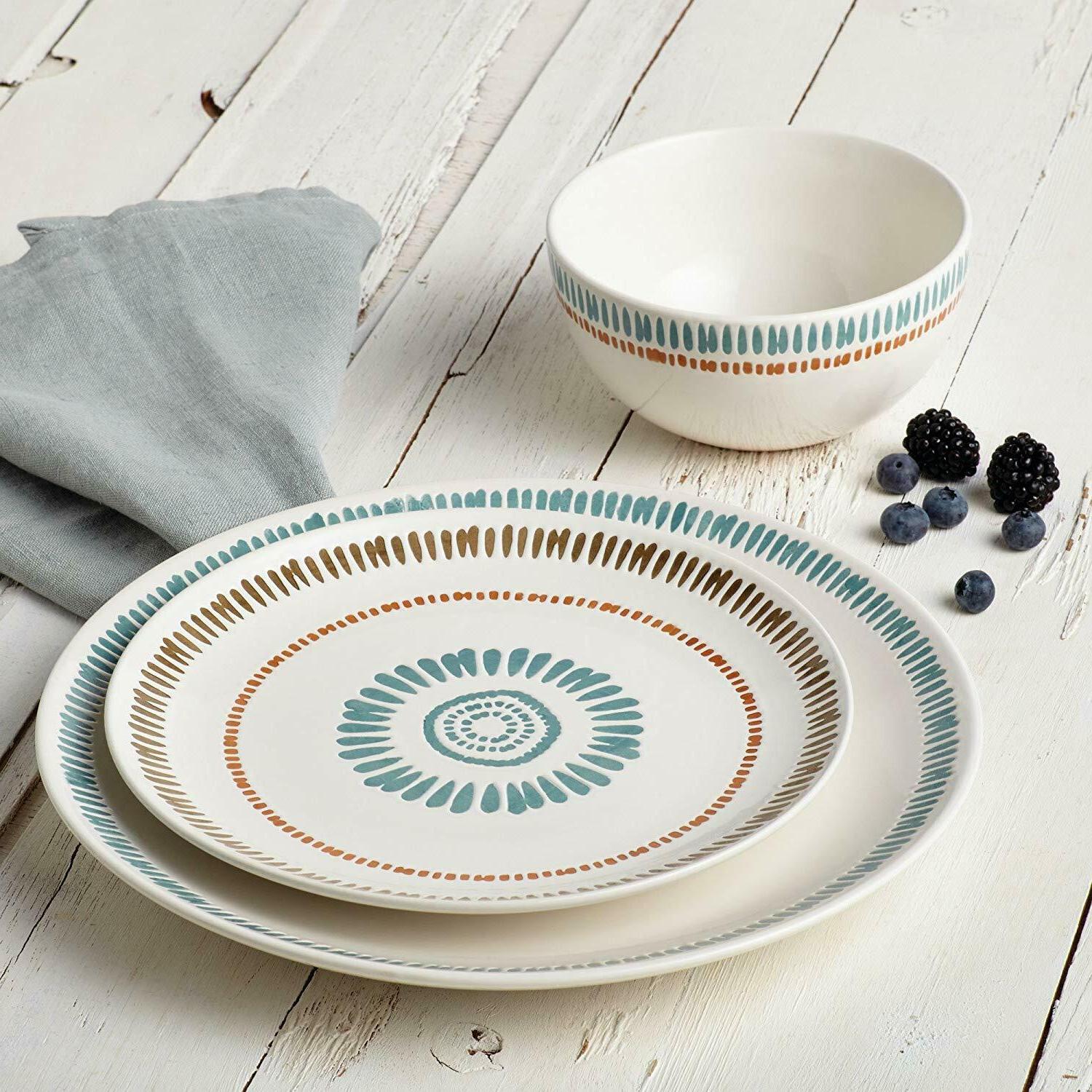
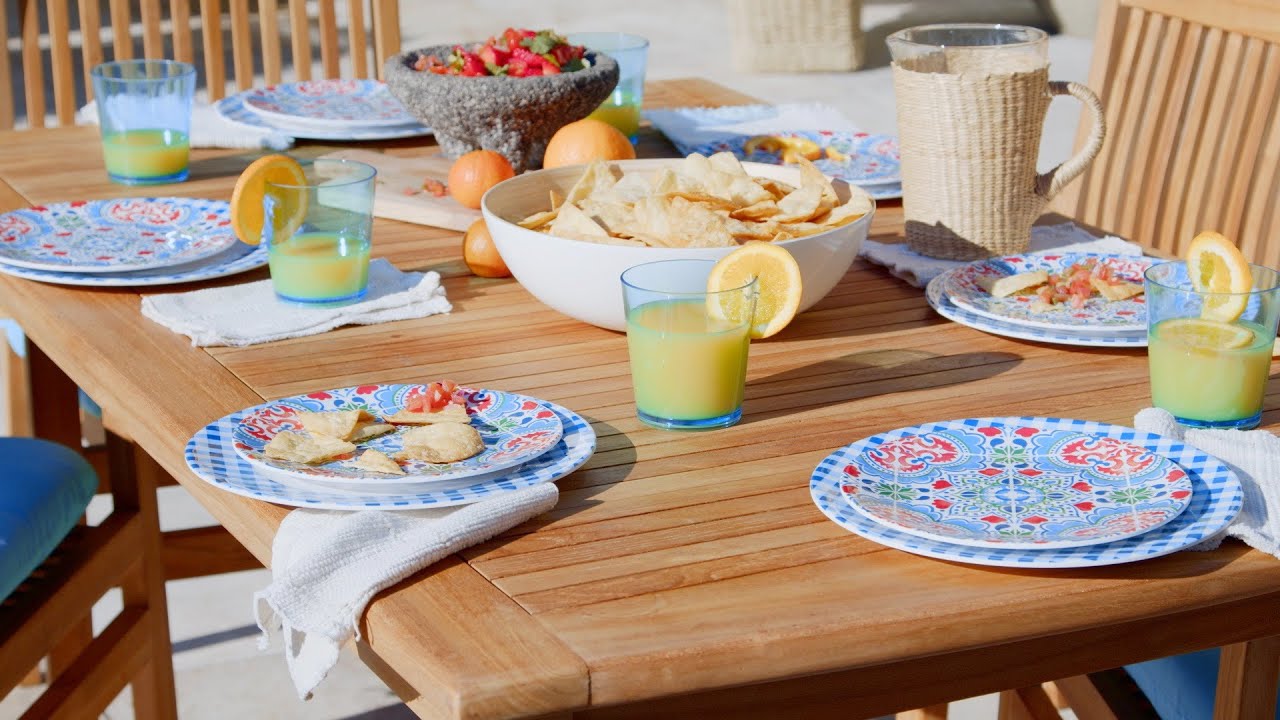
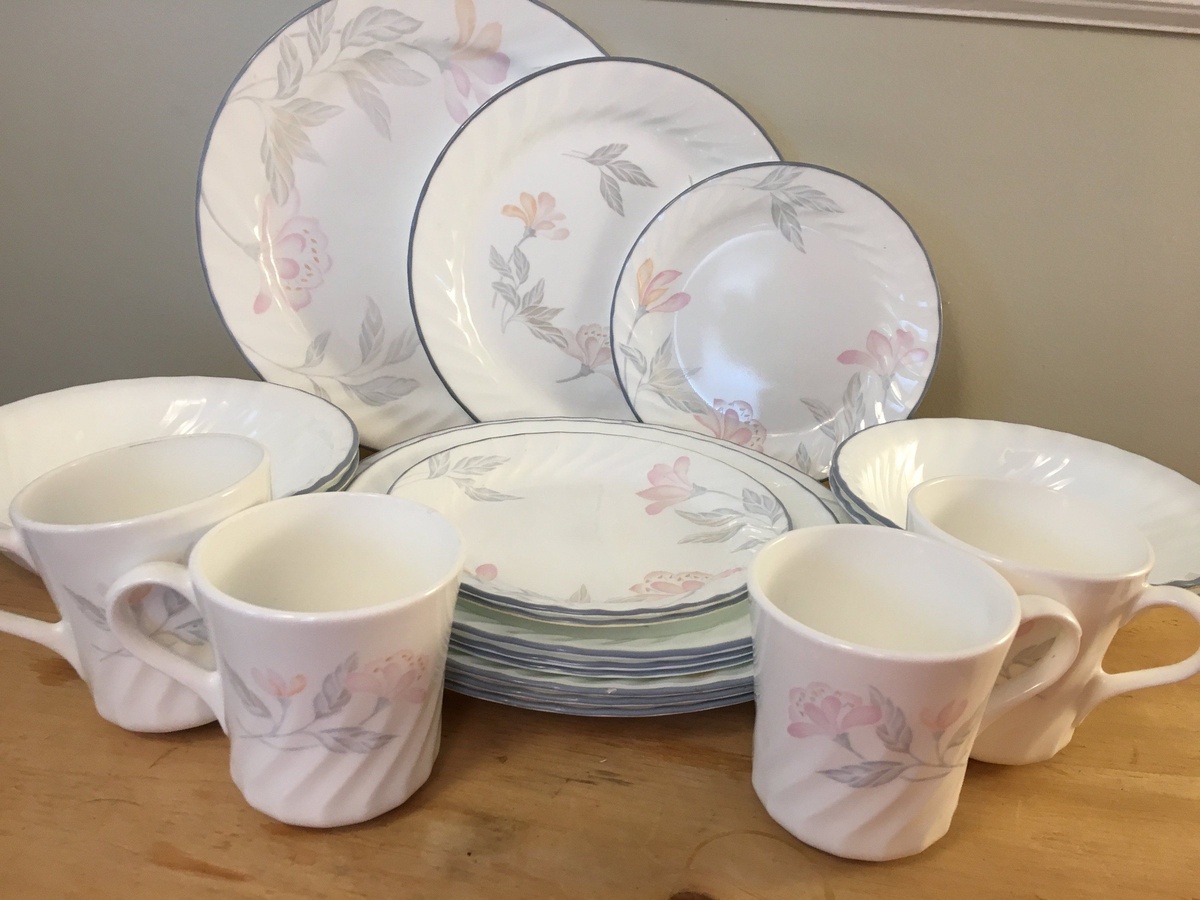
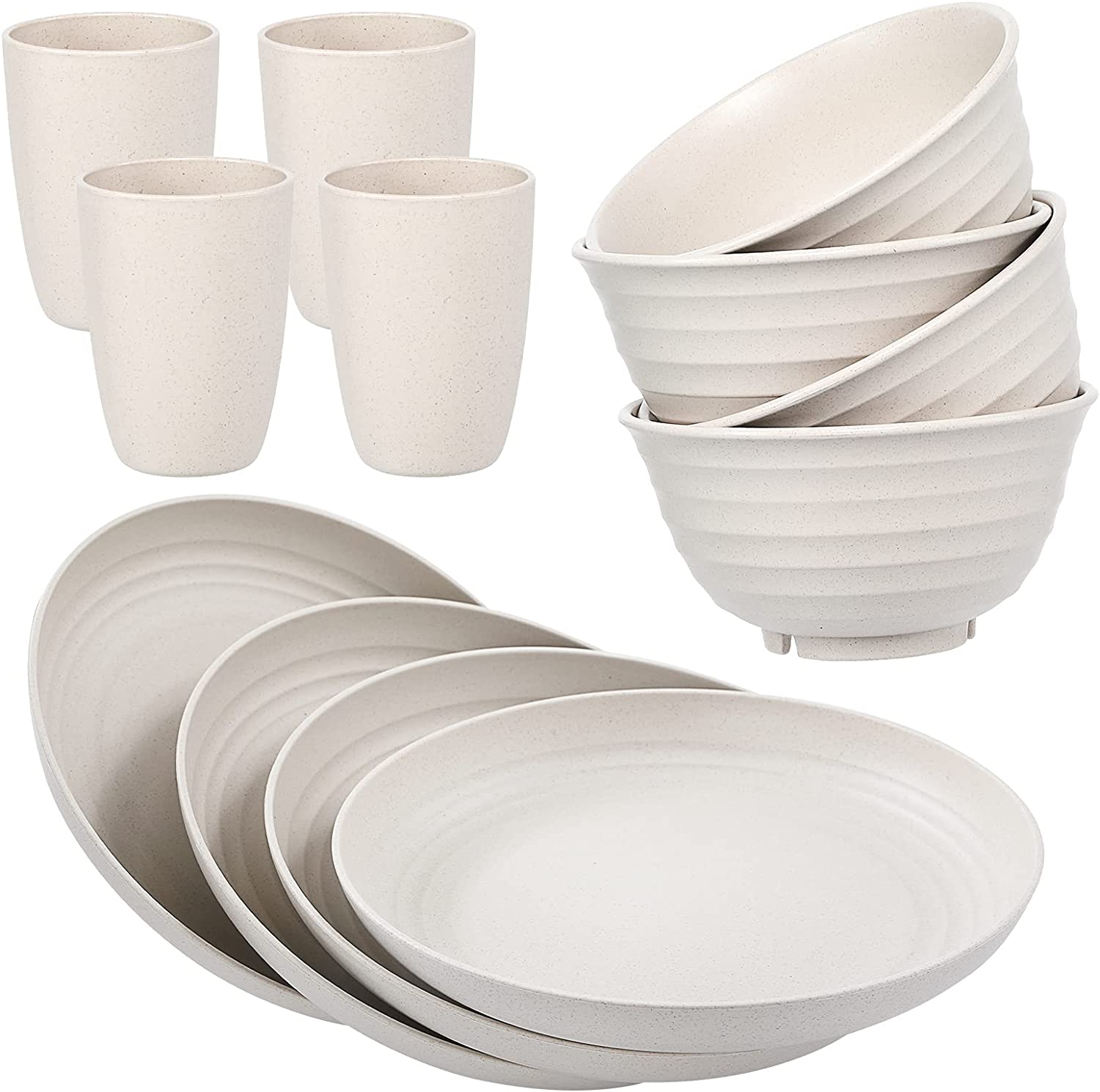
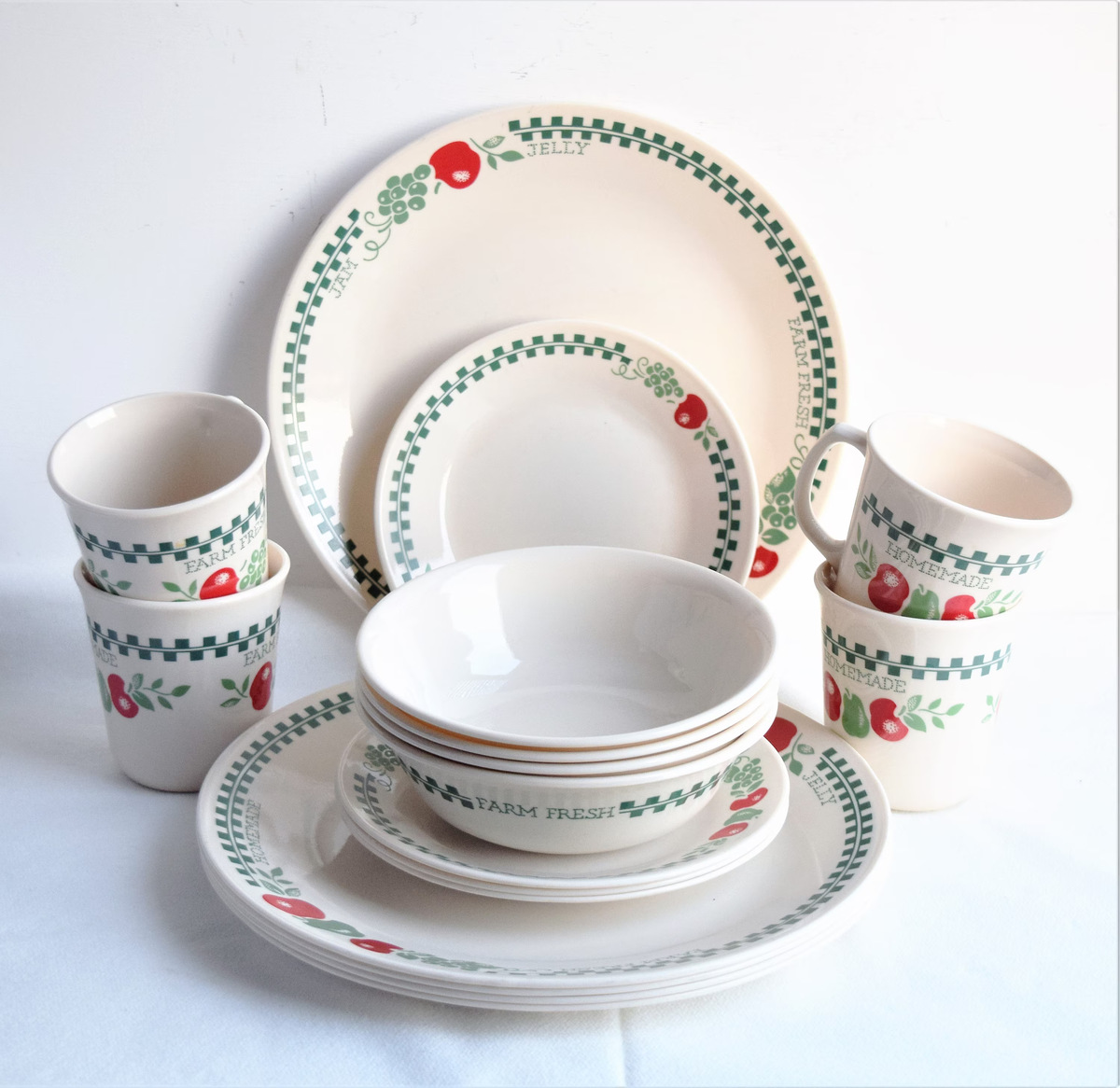
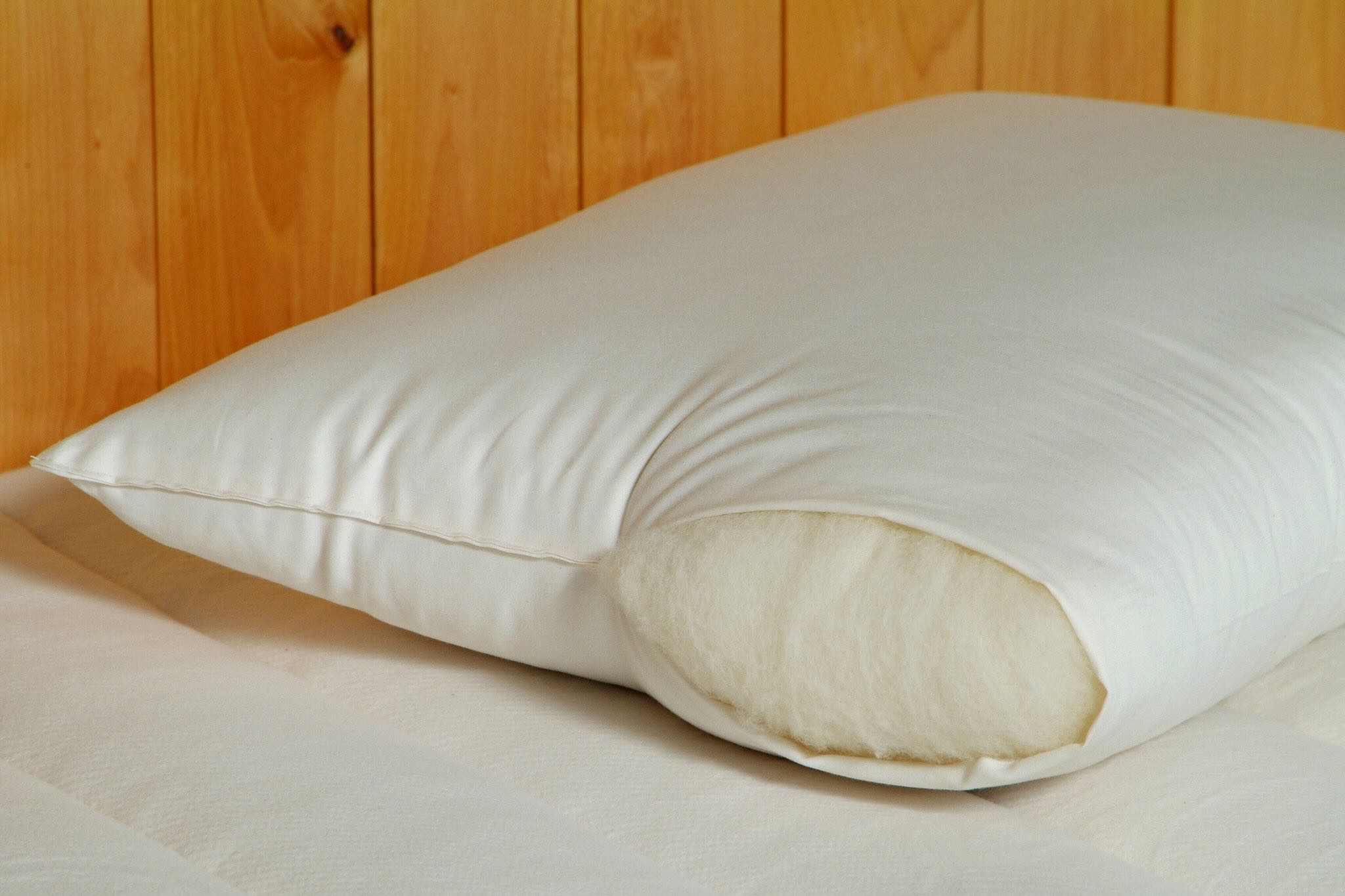
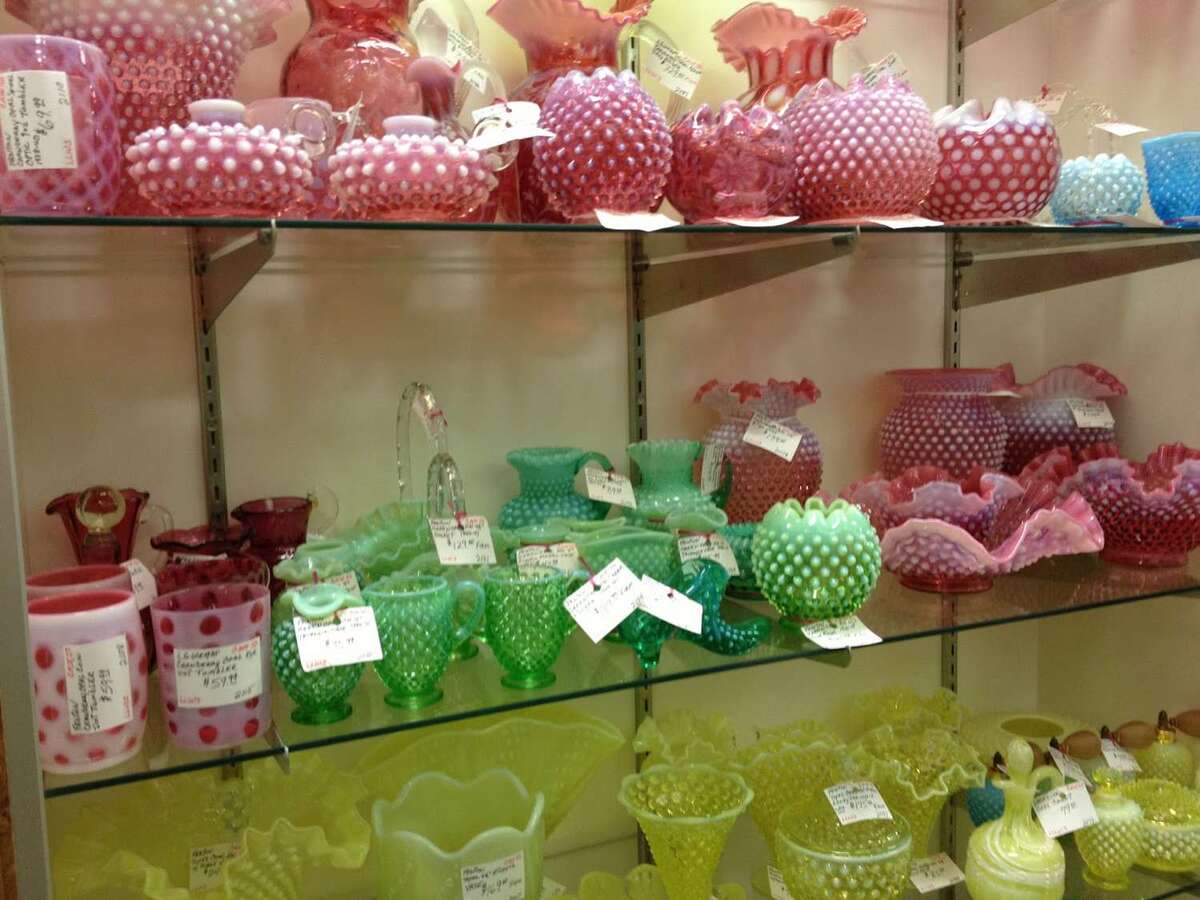
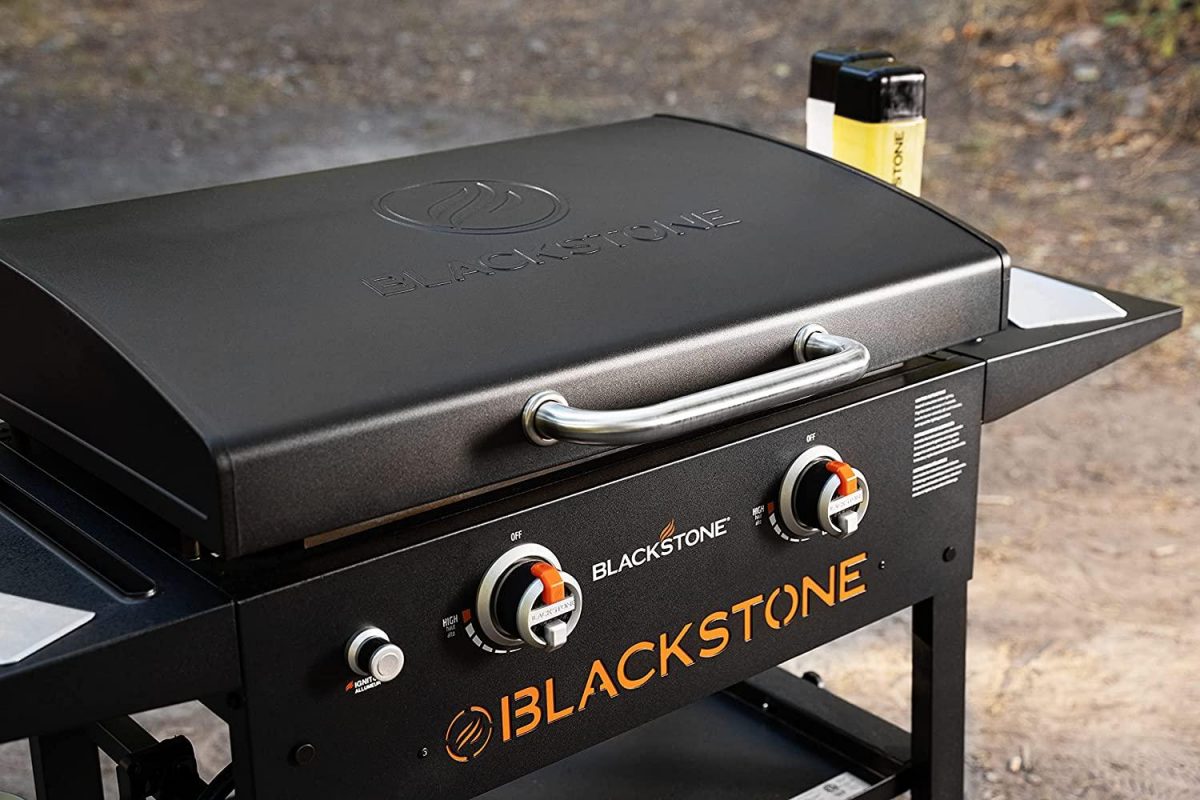
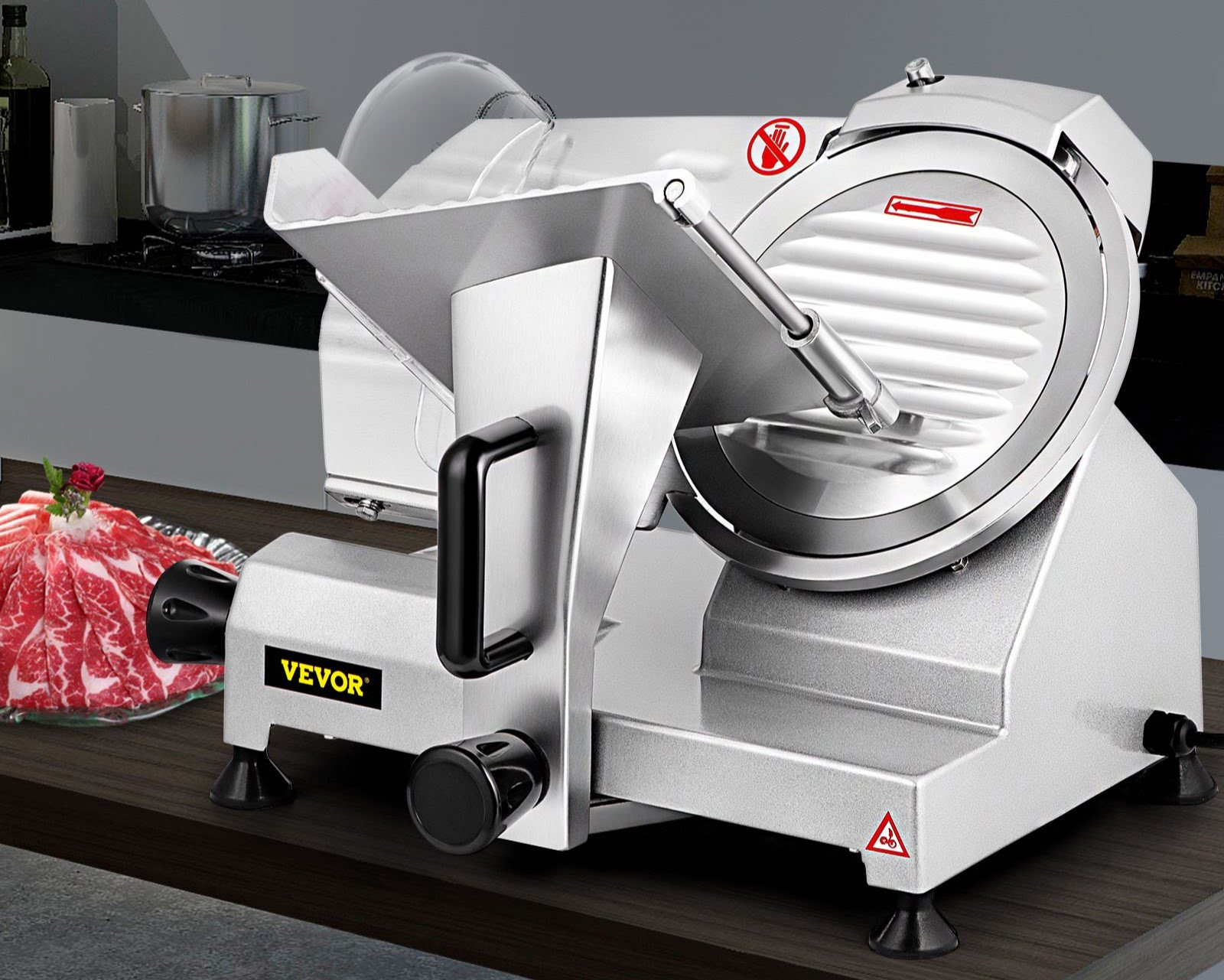
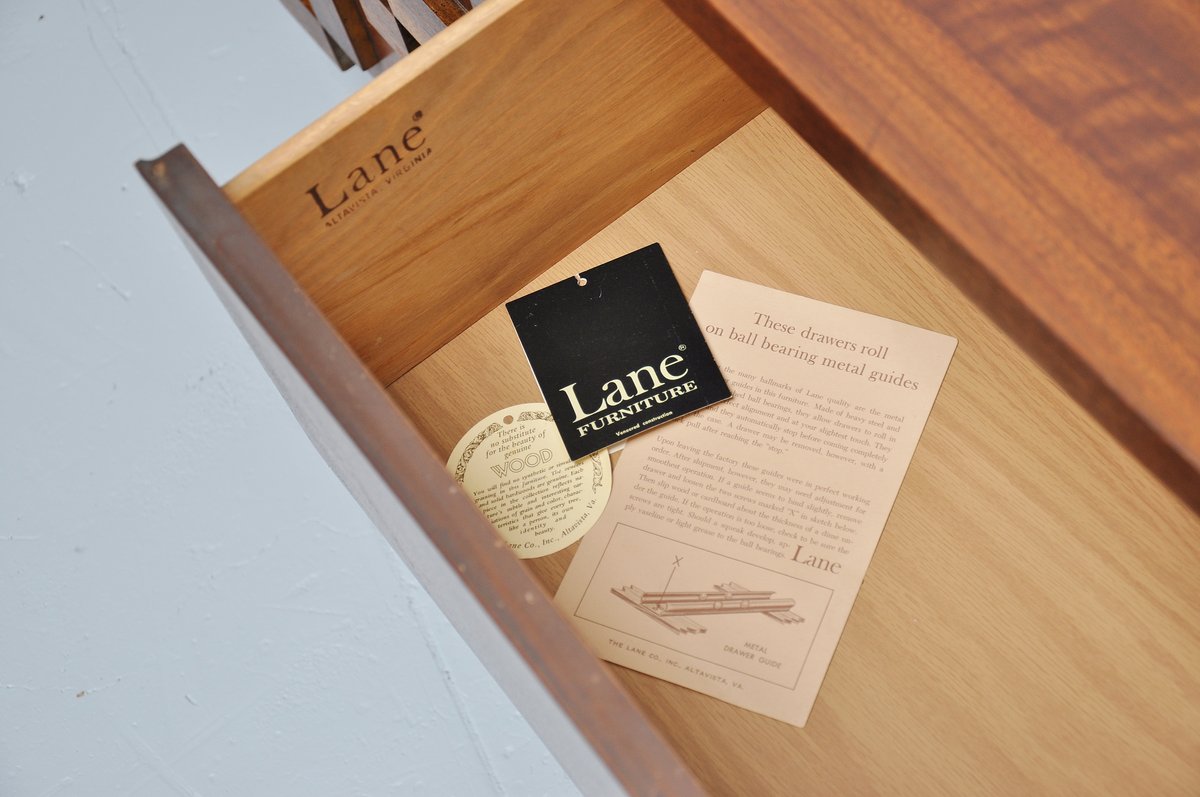


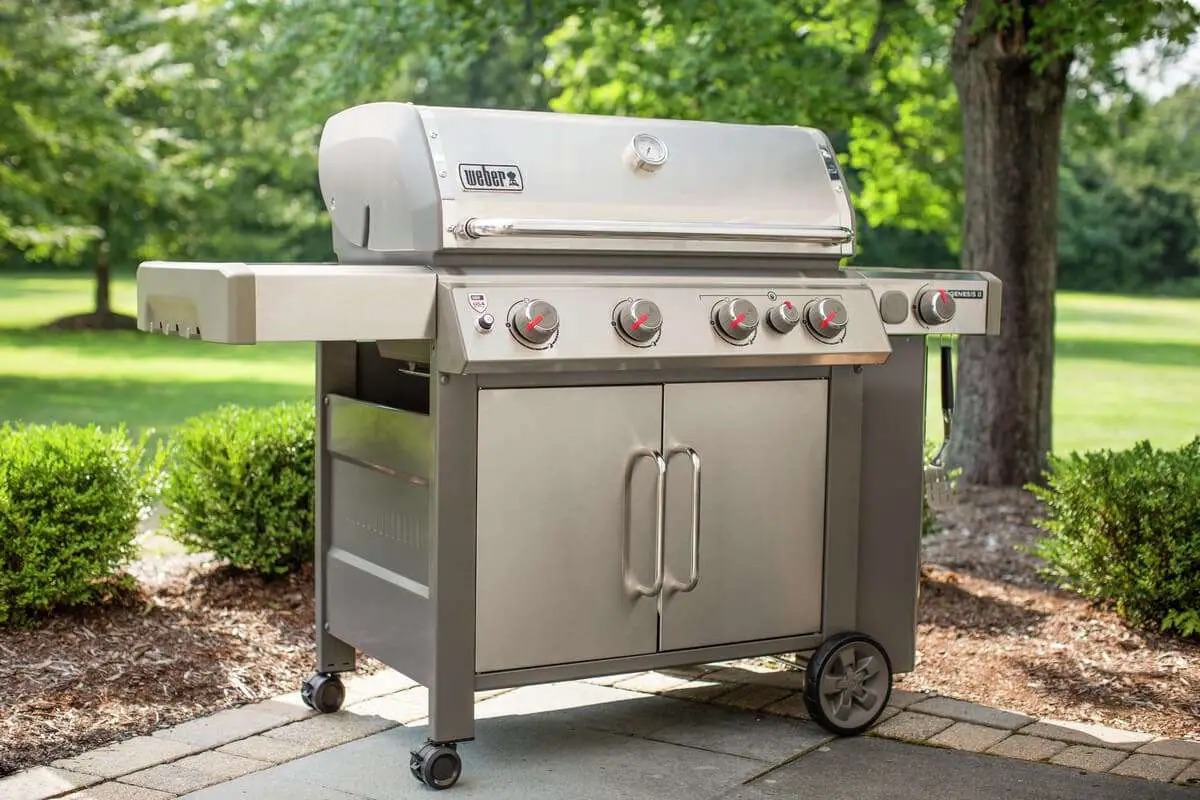

0 thoughts on “Where Is Mikasa Dinnerware Made?”